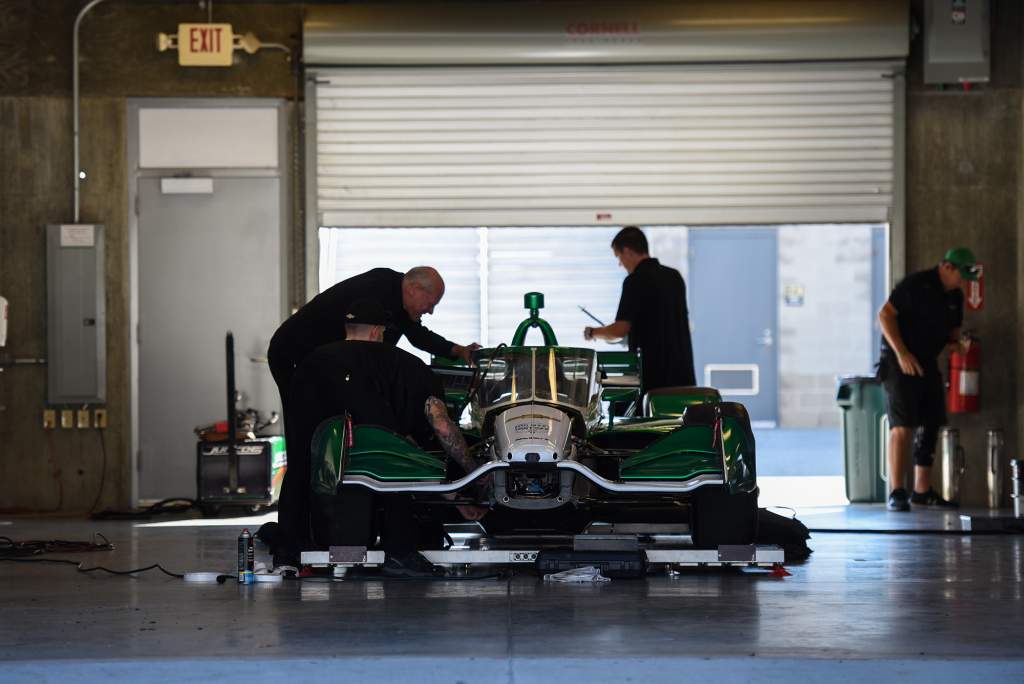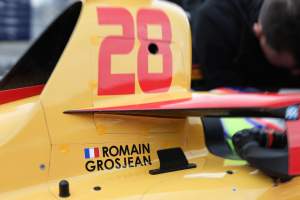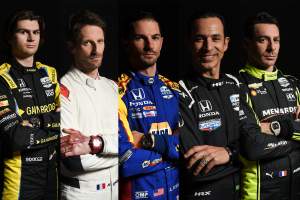IndyCar’s grid continues to grow and its stock continues to rise not just as a national championship but one with true international presence.
There were 24 full-time entries and 43 point scorers in 2021 – and that number of permanent entries could be anywhere from 25-30 next year.
While this is a positive thing for the series and the teams in it, it has created a potential stumbling block that needs to be addressed. It’s a lack of experienced top mechanics and engineers.
Engineers are a bigger problem because of the hierarchy. This might be a spec-formula where you may think ‘if everything is equal then any good engineer should be able to step in and be successful’ but that’s just not the case.
There’s the unseen damper development war going on behind the scenes, there’s the windtunnel development and chassis shaker rig work just to name a few key areas, and ultimately with the current IndyCars it’s about who can best combine the work done in these areas into a car that is a compromise.
A compromise that can be driven aggressively but isn’t too hard on the tyres, can be balanced but honed for individual driving style and can be put in a good set-up window before a race weekend has even begun because the events are so short now that practice time is at a premium.
Chip Ganassi Racing is a perfect example of this. With engineers Michael Cannon (Scott Dixon), Brad Goldberg (Marcus Ericsson), Eric Cowdin (Jimmie Johnson) and Julian Robertson (Alex Palou), Ganassi was able to turn up at any track and be competitive. It gave Palou – who drives with a neutral set-up – a car just as competitive as it gave the more aggressive Dixon and Ericsson. It’s why its cars were in the top five most weekends.
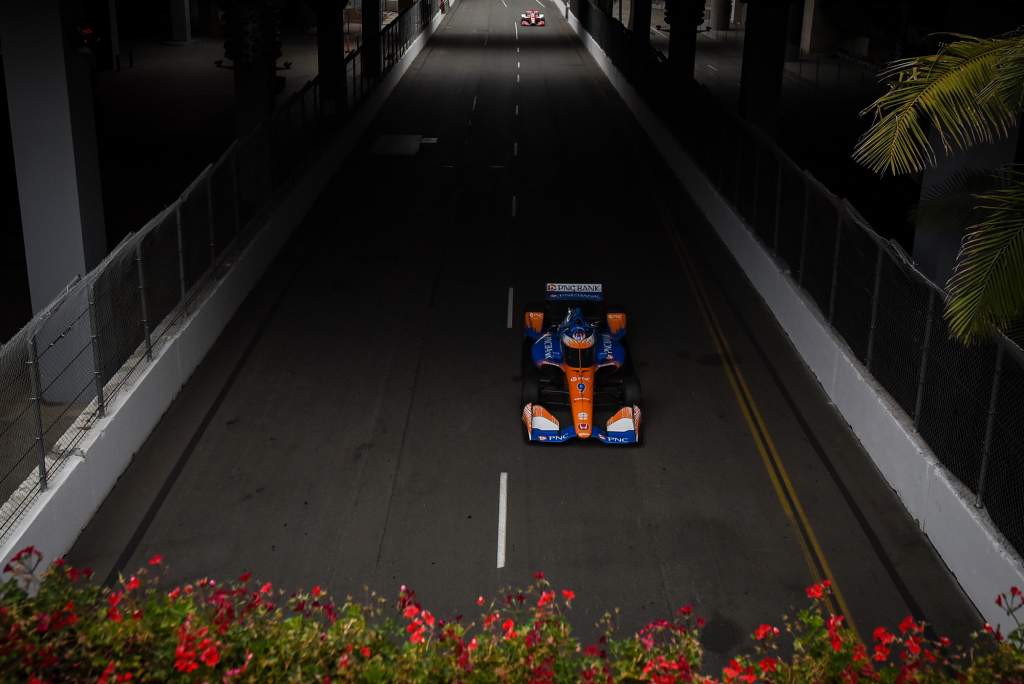
You can see why it’s so important to have an engineer and an engineering group able to guide the team through these pitfalls and traps to reach the end goal of a fast but flexible car.
Driving style has become even more important in recent years too because various simulation programmes might tell you the best way to develop and balance a fast car but if the driver doesn’t like it, they won’t extract the maximum. IndyCar is very much a drivers’ formula right now, but the engineer is absolutely key to allowing the driver to be the star.
The problem is with the expansion of the grid recently, experienced pros are at a premium. Some long serving engineers have left or stepped back from the series recently which creates a vacuum underneath where teams might not have been able to adequately train someone to follow in their footsteps.
It’s understandable that when an IndyCar team finds someone it likes it keeps them in place, but when they move on or retire there’s a huge hole left and no guarantee that you can promote from within or find an engineer on the market who will be able to do the job in the same way.
One of the biggest areas of speculation this silly season has been on whether Arrow McLaren SP would use its increased resources – now McLaren has taken a controlling stake – to offer a third full-time entry in 2022 after two years of running three cars only in the Indianapolis 500 and two everywhere else.
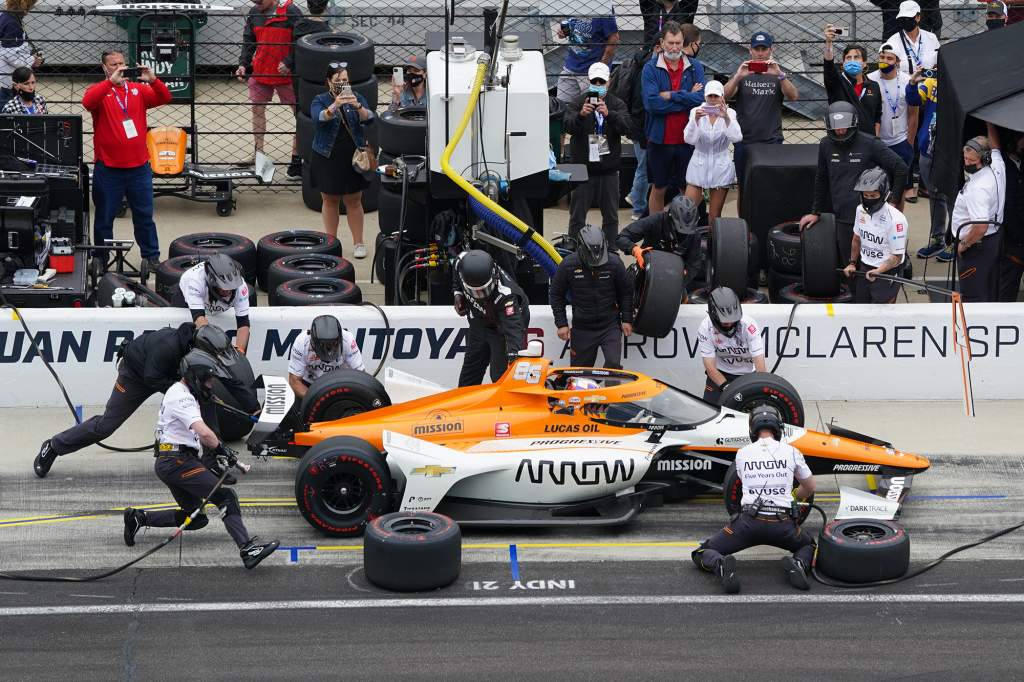
A major part of this discussion was centred on getting a competitive driver and whether that would be possible for 2022 or it would have to delay the expansion to 2023. But the personnel in the background have been just as big if not an even bigger part of the search.
When asked by The Race if recent rumours were true that AMSP’s third car would likely be part-time in 2022, the team’s president Taylor Kiel said: “I think that’s where it’s at. The reality of the situation is the clock doesn’t stop ticking.
“For us it’s not about resource or any of the off-track things, it’s about finding the right fit for us in terms of a driver and team and making sure that we get the right people.
“The one thing that I don’t want to do is just throw something together just to have a third car that doesn’t benefit us at all.
“For 2022, we’re working on how can we use this year as a springboard into ’23, making sure that we’re putting ourselves in a position to be a competitive three-car team in 2023.”
Given AMSP is one of the key teams looking at personnel for 2022 and 2023 as it aims to expand, The Race also asked Kiel if he felt that there was a shortage of personnel with the right level and experience.
“It’s definitely difficult,” he says.
“I think that’s one of the things that keeps us up at night when you talk about scaling up generally.
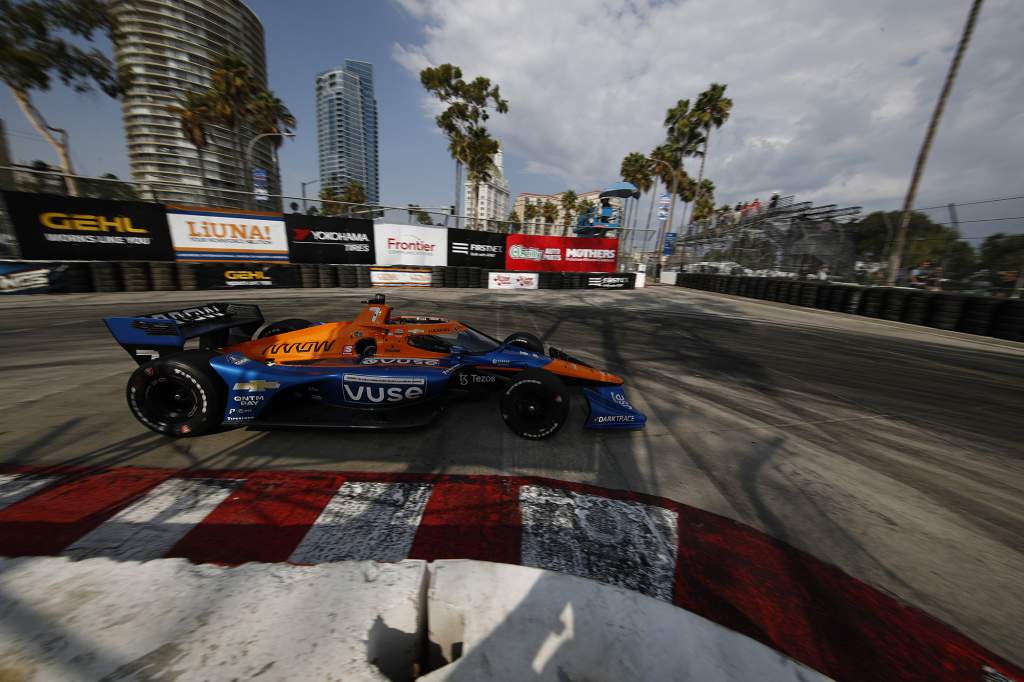
“But I think the global landscape of motorsports is such that there is growth at the moment, and there’s lots of opportunities for people.
“There’s a lot of people that still want to work in motorsport and the one thing that caught me by surprise is when we formalised our relationship with McLaren in Nashville in a public way, how many resumes and how much interest we got from not only people in the United States but also in Europe and globally.
“So being aligned with a brand as prestigious as McLaren has certainly afforded us the opportunity to expand our talent pool which is a great thing.
“But, when you have the viewpoint of just looking within the IndyCar paddock, it’s tough, and what we see now is a situation where the paddock is getting a bit older, you’re struggling to bring in young, competent mechanics, engineers, people with racing experience, so that’s been a challenge, no doubt.
“But it’s not the end of the world, and I think if you’ve got a broader lens on your outlook and your perspective, I think that there’s good people all over the place and likewise there’s good drivers all over the place.
“There’s a lot of momentum at the moment certainly in North American motorsport. But with the challenge comes opportunity and I think if you’re able to navigate this and staff your programmes in the right way then you’ll have a performance advantage, no doubt.”
The likes of Arrow McLaren SP, Team Penske, Chip Ganassi Racing and Rahal Letterman Lanigan have all been able to expand in recent years while also having their own significant staff pools to choose from.
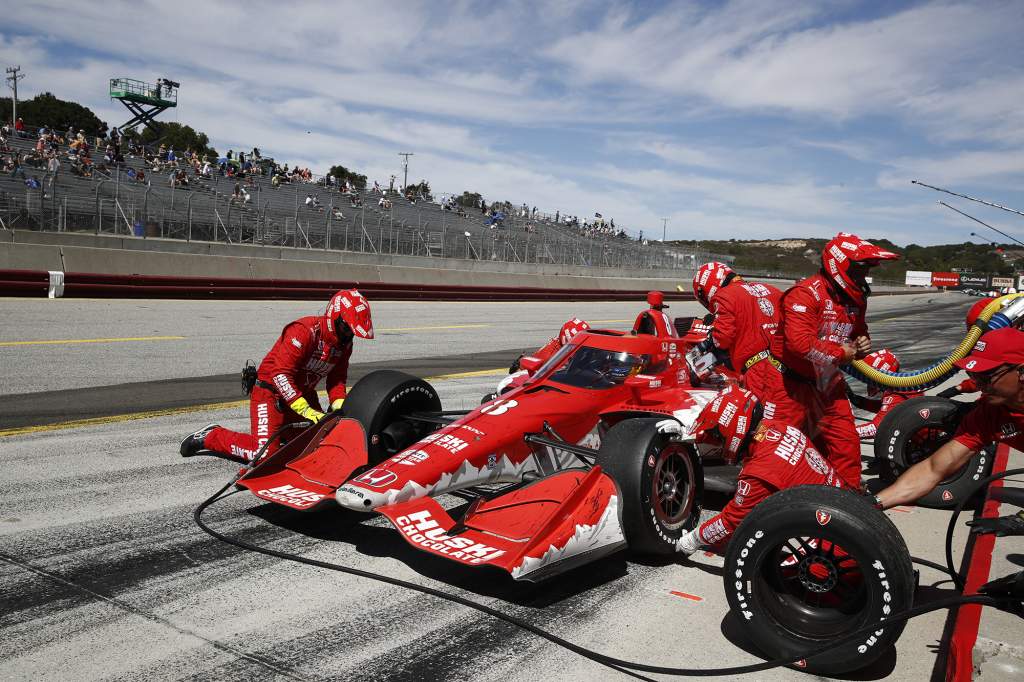
They’ve got people within the organisation that they know well and can evaluate, perhaps those people are ready to step up or perhaps they need more skills/experience. So they are definitely at the spoilt end of the grid when it comes to safeguarding against running out of personnel.
Teams like Penske and Ganassi can even move people between sportscar programmes and IndyCar programmes as they see fit, and have enough clout and resources to attract strong candidates from other championships within motorsport too.
Just look at Gavin Ward moving to Penske back in 2017. He had been a race engineer, designed front wings and even started out with electronic systems for Red Bull in F1.
Further down the grid the problem becomes even more of an issue as smaller teams fight to attract the best engineers required to be successful in IndyCar, but don’t always have the resources either to attract that engineer or to give that engineer the backing needed to push the team forward.
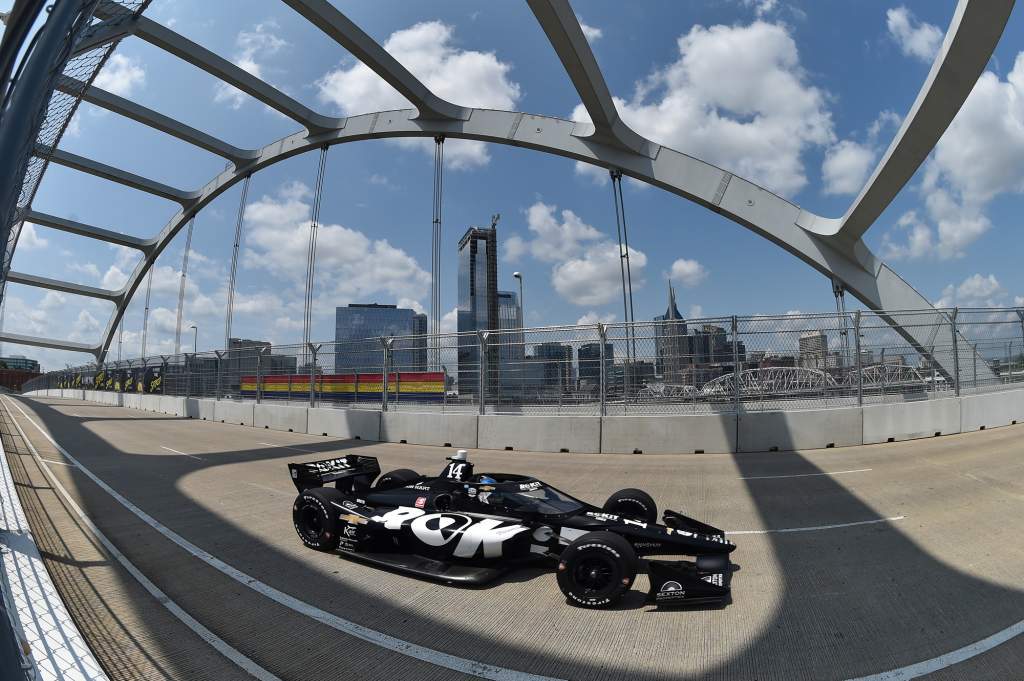
Perhaps ex-Audi LMP1 engineer Justin Taylor is a good example of that, as he came in to work with Sebastien Bourdais at AJ Foyt Enterprises in 2021.
The duo pulled off some massive results, but you could argue that the Foyt team doesn’t have the cash or access to the facilities that could consistently elevate the programme to a higher level, even if it took an admirable step with the Bourdais/Taylor relationship in 2021.
So Taylor proves engineers aren’t necessarily the be all and end all in IndyCar, but someone like him can come in and help you make a step up even if you don’t have all the resources to back your star engineer fully.
One of the most intriguing stories at the Foyt end of the grid for 2022 is Juncos Hollinger Racing. An ex-driver and engineer himself, Ricardo Juncos – pictured below with driver Callum Ilott – knows a proper engineer when he sees one and has spent his years toiling to reach this level.
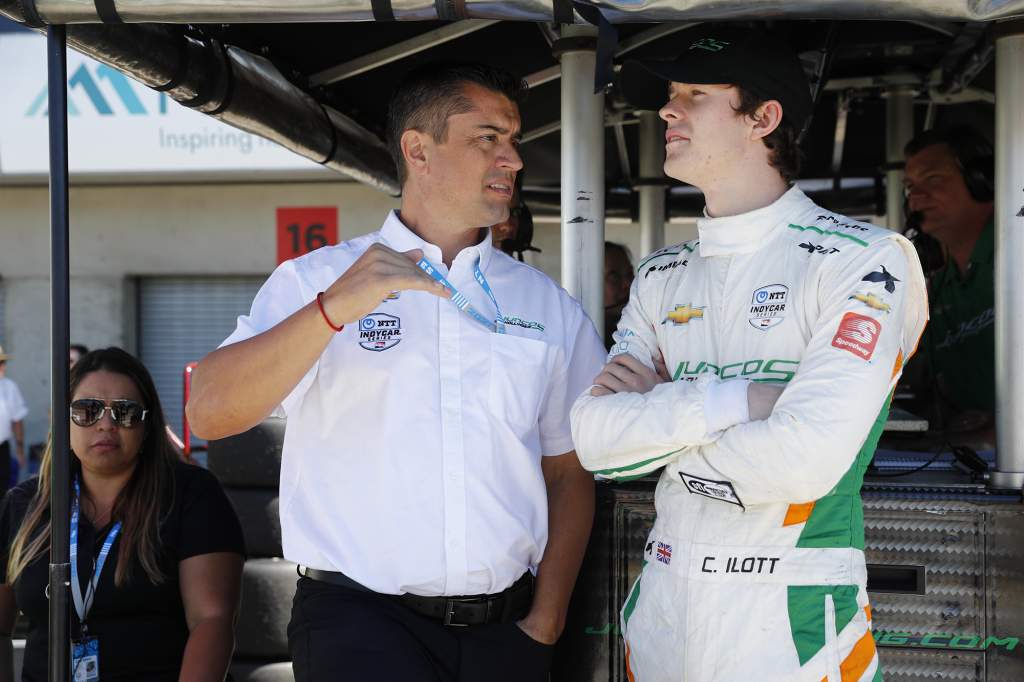
With the backing of former Williams F1 partner Brad Hollinger the team has resource, but it’s certainly not infinite or at the level of a top team.
The team is starting from scratch in IndyCar next year. At the moment Juncos has one person on the team, as the crew that staffed Ilott’s car for the last three races was only temporary. Some of them may return but that’s part of a vetting process Juncos is undertaking now.
“I’m interviewing flat-out, personnel from different series, different teams,” Juncos tells The Race.
“I’m in the process for the next two weeks to interview everybody, as much as I can, and start making my list.
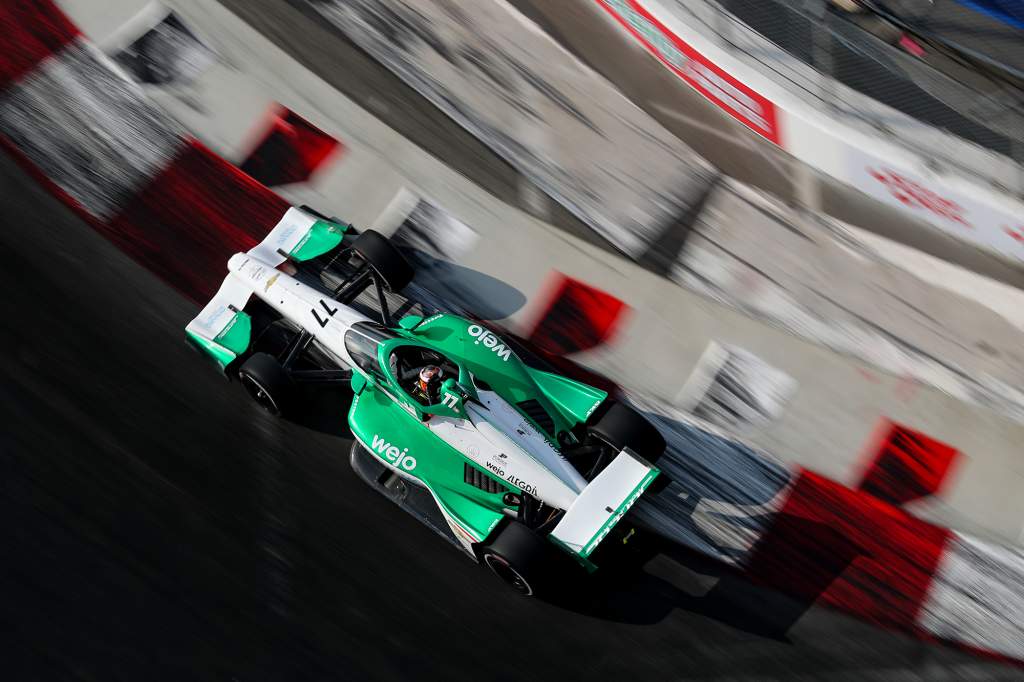
“This is obviously the most tricky part, and the most important part in my opinion.
“This is a racing team, we are in the sport.
“People is everything, the group of people and how they want to work and the philosophy and the way each of those see motor racing is very important for me more than anything.”
Juncos acknowledges the issue at hand in IndyCar but thinks its a motorsport-wide problem at the highest level as well.
“It is true that it’s hard to find the people, generally speaking,” he says, before later adding: “Now you have these engineers, they are coming from the simulation world, from the computer world, software and simulation, and then they just keep forgetting some of the basics, so maybe that’s the reason why it’s hard to find.
“But it is really, really hard and in my opinion, these are big deficits in the motor racing industry in general.”
It’s true that the simulation and software tools have helped to advance engineering significantly, but they can’t teach you how to nurture team morale or how best to match parts of an IndyCar programme together with a driver to create a package.
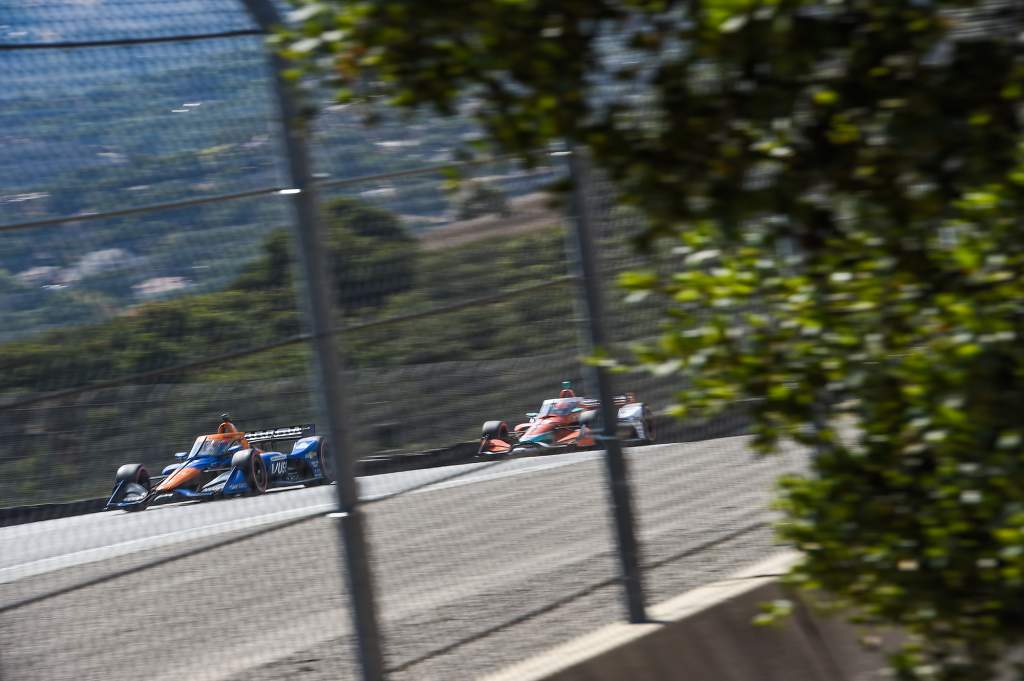
There’s still a heavy leaning on problem solving and human adaptation in engineering an IndyCar programme, and that’s a difficult set of skills to teach someone.
The purpose of this feature is not to find a negative in what is an otherwise exciting time for IndyCar. But it is important to highlight this issue as it’s vital to get more people into engineering at all levels.
At some point, IndyCar teams are going to have to take some risks to get engineers in as the expansion continues. Sometimes it will pay off and sometimes it won’t.
But that’s the situation faced with a growing grid scrapping over one of the most important commodities in the series at the moment.
There are still some big engineering moves to be announced across the teams in IndyCar and it’s easy to see why engineers are so much in demand.
You can’t teach a good IndyCar engineer overnight.


